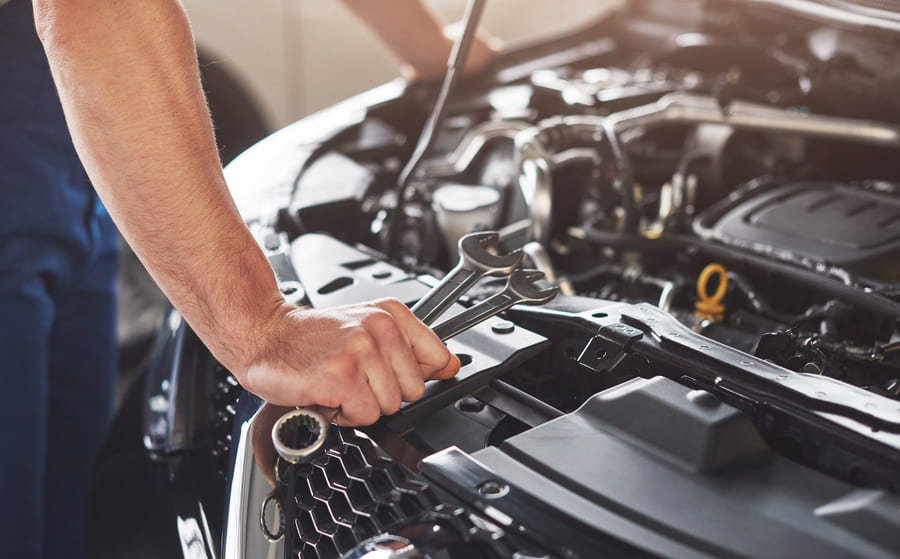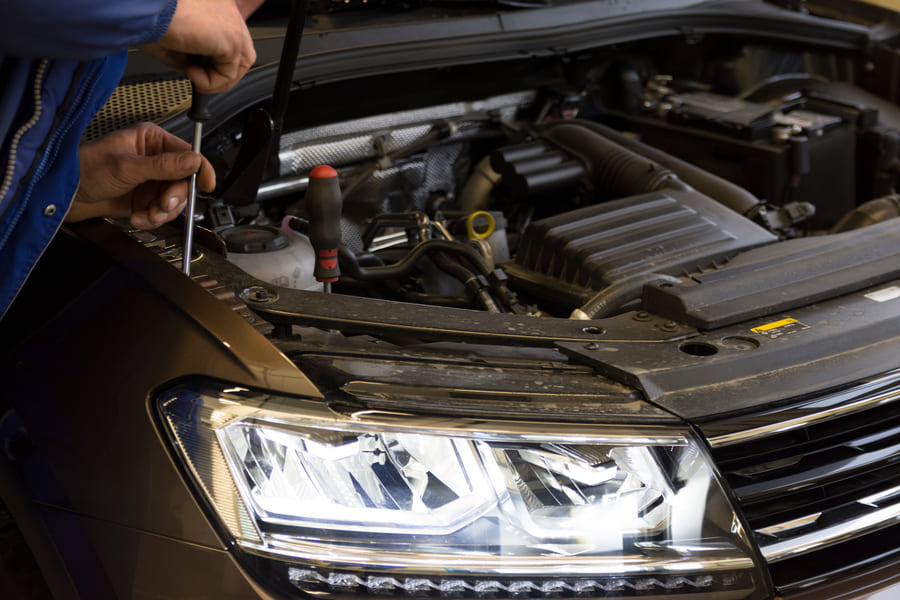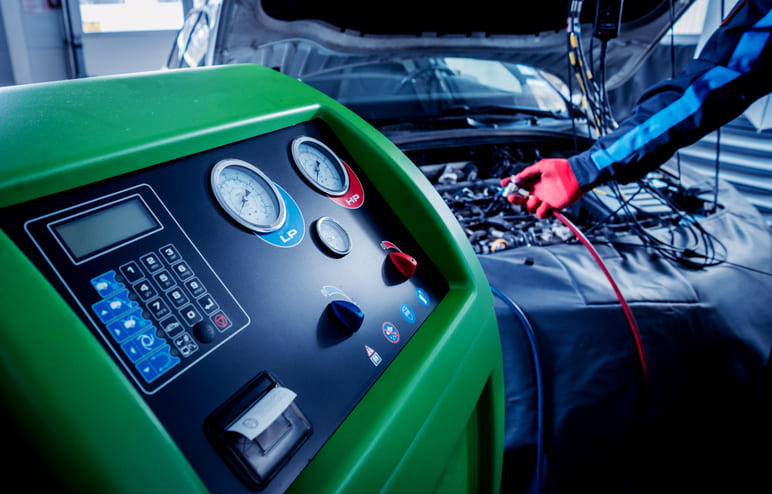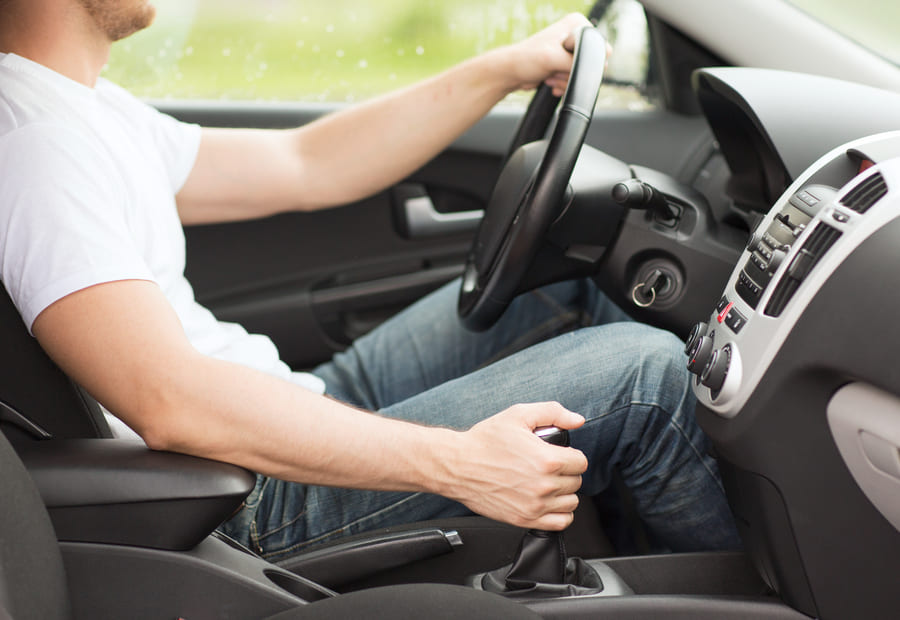
A rogue stone. Driving too close to a stone pillar. Teenagers with keys. We know what these can result in: damage to what was once a pristine paint of a car. And now the car is forever ruined, not worthy of the name automobile any longer! Or is it? Read on to learn practical tips and tricks and the occasional lifehack on how to fix deep scratches on a car door and reshape a devastating turn of events into a minor annoyance that is quickly patched up.
How to remove car scratches
As they say, the best defence is offence, and in this case that means the best way to remove scratches from a car is driving carefully and avoiding situations that cause scratches in the first place. But fate is fickle and sometimes you end up with scratches despite your best efforts. Fortunately, there are several methods to get scratches off of your car’s paintwork, though they generally depend on how deep the scratch is in the first place. Superficial scratches and scrapes can be repaired at home with ease. How to remove deeper damage from the convenience of your home is a much trickier question to answer. In general, white scratches on a car are easier to deal with than deeper ones. What is important is that you handle the damage quickly. If you don’t address the damage caused in time, it can require major repairs to fix. This can happen with lighter scrapes too. Left untreated, the damage can worsen and spread. So this is how you figure out what to do to fix scratches on a car:
Scratch depth
First determine how deep the scratch is. A vehicle’s paintwork has multiple layers to it and which ones are affected spells out which solution needs to be applied. The first layer to be applied to the metal of the car body is a primer that allows for successive layers to properly stick to it. Then comes a base coat. This is the car’s colour visible to people looking at it. This layer is protected by the clear coat, which is a transparent layer of paint capable of withstanding light abrasion and UV radiation.
Damage that only breaches the clear coat can be buffed out, scrapes that affect the base coat may require a proper scratch kit, and damage that goes deeper and affects the primer or even the metal generally requires the help of professionals in a garage. Running your fingernails over the damaged area helps determine whether it’s only the clear coat that got impacted. If they do not catch or if you can’t feel the scratch at all, then only this layer is affected. Scrapes on the colour coat will catch your fingernail and have visible alterations to the car’s colour. Primer scratches reveal the metal under the car’s paintjob.
Removing clear coat scratches
Light or white scrapes that only affect the clear coat of the car’s paintwork are simple to fix. It doesn’t take a degree in car science to learn how to buff out scratches on a car. Just follow these steps:
- Clean the surface area, removing any dirt, oils, or other contaminants and let it dry.
- Sand the affected area using sandpaper or an abrasive pad until the scratches are no longer visible.
- Buff the affected area using a polishing pad and the appropriate compound.
- Polish the prepared area with a black polishing pad and scratch remover for cars. Polishing the area will restore shine to it.
- Wax the affected area for further protection.
Removing base coat scratches
If the damage runs deeper than the clear coat, a little more effort is required. So long as the primer coat is untouched, you only need to add a dash of colour to fix it. However, even though a car enthusiast can acquire the materials to fix this sort of damage at home, it’s usually better to consult professionals.
- Clean the surface area, removing any dirt, oils, or other contaminants and let it dry.
- Remove any loose edges from the scratch with a toothpick.
- Clean the entire area with prep spray.
- Sand the affected area 8 to 10 times.
- Clean the area with prep spray again.
- Add paint to the area using either a small brush or a paint touch-up pen. Consult the car’s manufacturer to get the exact colour, particularly if your car isn’t black or white. Apply 2 layers for the best results.
- Add a clear coat with the appropriate polishing tools.
Removing primer scratches
Damage that goes all the way down to the metal of the car body are a serious issue. While you can perform the steps above and add primer between steps 5 and 6, it’s really best to hand over this job to the experts working at a garage that fixes paintwork. Otherwise you risk making an acquaintance of the dreaded fifth rider of the apocalypse that sits astride a roan horse: Rust.
Conclusion
So there we have it, everything you need to know about car paint scratch repair and the best way to fix damage your car’s paintwork. You now know how to remove light scratches from your car and when to seek professional help to stave off greater costs in the long run.








Comment